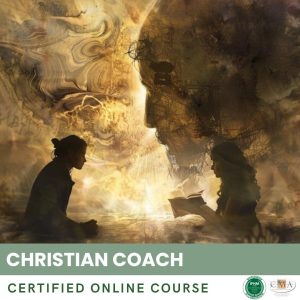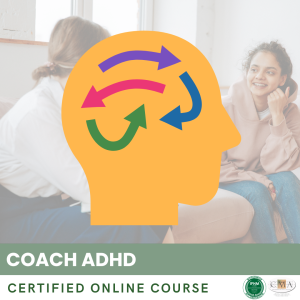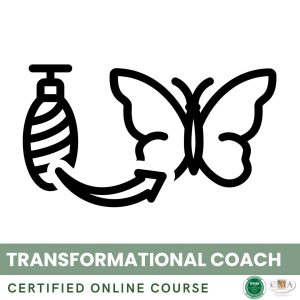LGBTQ+ identities and communities are constantly evolving, with the emergence of new ways to define and gather. Beyond the most known categories such as gay, lesbian, bisexual or transgender, many people claim more fluid, non-binary or outside of traditional frames identities. This is the case for example of queer people, who reject labels and norms of gender and sexuality, or of pansexual people, who define themselves as attracted to a person regardless of their gender.
Other emerging identities emphasize nuances in attractions and relationships, such as demisexuality (sexual attraction only after a strong emotional bond), graysexuality (rare or fluctuating sexual attraction), aromanticism (lack of romantic attraction) or polyamory (love and/or sexual relationships with multiple partners in a consensual way). These identities question the dominant scripts of sexuality and relationships, and open new possibilities in terms of intimacy and connection.
Some communities gather around specific experiences and lived realities, such as racialized LGBTQ+ people who face double discrimination, LGBTQ+ individuals with disabilities who are dealing with accessibility and ableism issues, or neuroatypical LGBTQ+ people (autistic, ADHD, etc.) who have different functioning and communication modes. These communities highlight the intersectionality of identities and oppressions, and the necessity to take these crossovers into account in the fight for equality.
Other groups mobilize around common practices or interests, like “bears” (large and hairy gay men), “drag kings” (female assigned individuals who perform masculinity), “furries” (people interested in anthropomorphic animal characters), etc. These communities create spaces of socialization, expression and creativity on the sidelines of mainstream circuits. They demonstrate the richness and vitality of LGBTQ+ cultures.
With the rise of the Internet and social networks, new identities and communities are emerging online, often led by younger generations. This is the case for example with “ace” (asexual people), “aro” (aromantic people), “enby” (non-binary people), “genderfluid” (people whose gender identity is fluid), etc. These terms, often derived from English, circulate and spread on a global scale, creating a sense of belonging beyond borders. Networks also facilitate the emergence of niche communities, gathered around a very specific identity.
This proliferation of identities raises interesting questions about the very meaning of identity and community in the digital age. Some see it as an infinite fragmentation, a loss of common landmarks. Others, on the contrary, celebrate this linguistic and social creativity, which allows everyone to find the words to express and connect with others. As artist Alok Vaid-Menon points out, “the future is non-binary“: tomorrow’s LGBTQ+ identities and communities will be plural, evolving, inventive.
As an LGBTQ+ coach, it is essential to stay informed about these developments and to approach emerging identities with openness and curiosity. This means adopting a humble and non-judgmental approach, allowing the person to define themselves using their own words, not assuming their tastes, practices or needs. It is also knowing how to guide them towards suitable community resources, like forums or online support groups that allow them to meet peers. The challenge is to welcome the uniqueness of each journey, while positioning the person within a meaningful and supportive community.
Key takeaways:
– New LGBTQ+ identities are emerging, reflecting greater fluidity and challenging traditional norms of gender and sexuality (queer, pansexual, demisexual, graysexual, aromantic, polyamorous, etc.).
– Some communities gather around specific experiences and lives linked to identity intersectionality (racialized LGBTQ+ people, those with disabilities, neuroatypical individuals).
– Other groups form around common practices or interests on the margins of mainstream circuits (bears, drag kings, furries).
– The Internet and social networks are fostering the emergence of new online identities, terms and communities, often led by younger generations (ace, aro, enby, genderfluid).
– This proliferation of identities is questioning the very meaning of identity and community in the digital era. It demonstrates great social and linguistic creativity.
– As an LGBTQ+ coach, it is vital to stay informed about these developments, to approach them with openness and to adopt a humble, non-judgmental attitude to embrace the uniqueness of each journey.
👉 To download docx (Editable) file click here : Click here
👉 To download PDF file click here : Click here
👉 To download MP3 file click here : Click here







